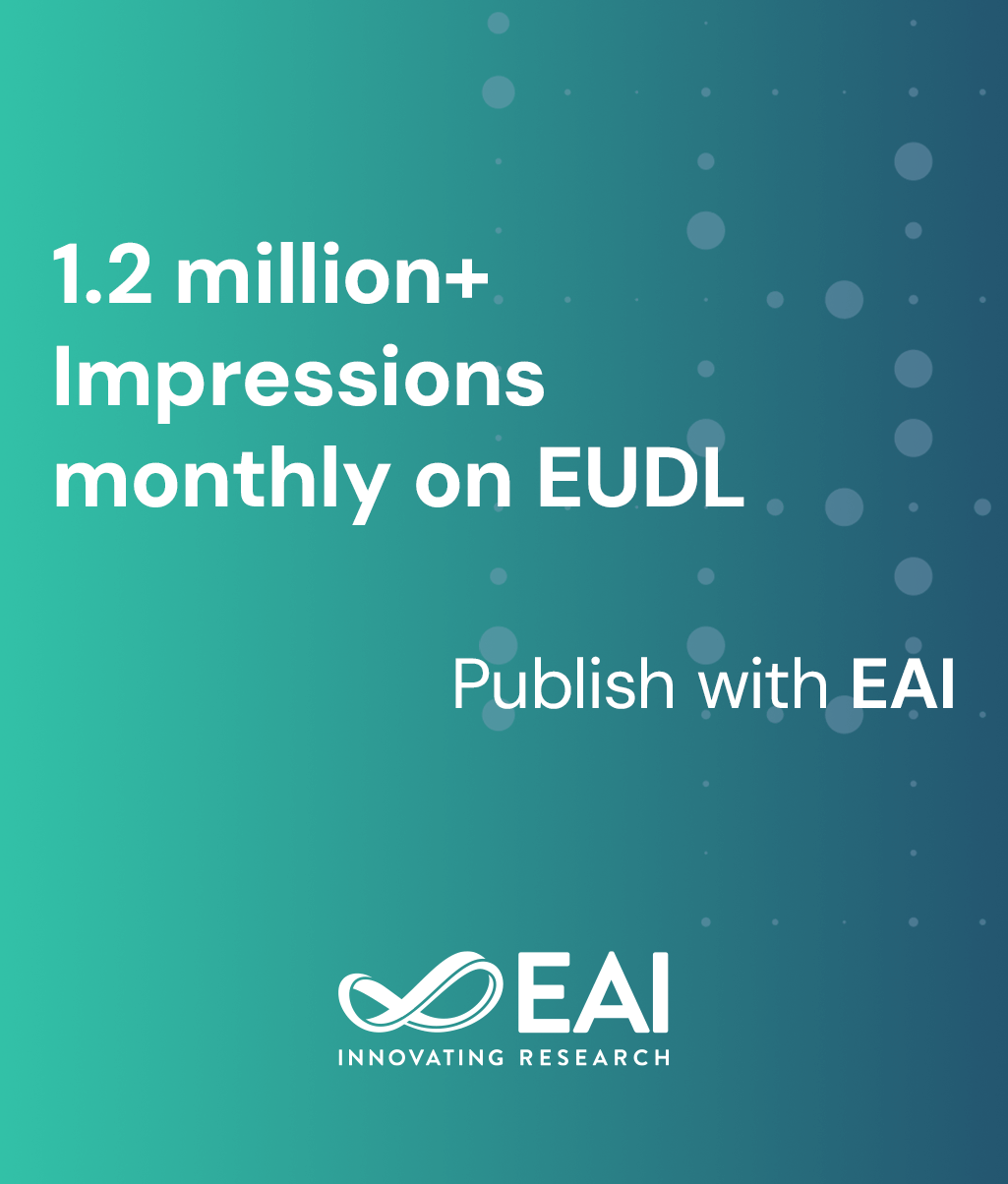
Research Article
Performance Analysis of UWB Body Sensor Networks for Medical Applications
@INPROCEEDINGS{10.1007/978-3-642-17994-5_32, author={Abdellah Chehri and Hussein Mouftah}, title={Performance Analysis of UWB Body Sensor Networks for Medical Applications}, proceedings={Ad Hoc Networks. Second International Conference, ADHOCNETS 2010, Victoria, BC, Canada, August 18-20, 2010, Revised Selected Papers}, proceedings_a={ADHOCNETS}, year={2012}, month={5}, keywords={ultra-wideband body sensor networks wban IEEE 802.15.6}, doi={10.1007/978-3-642-17994-5_32} }- Abdellah Chehri
Hussein Mouftah
Year: 2012
Performance Analysis of UWB Body Sensor Networks for Medical Applications
ADHOCNETS
Springer
DOI: 10.1007/978-3-642-17994-5_32
Abstract
Wireless sensor networks can be employed in medical healthcare in many tasks such as, monitoring vital signs, controlling medical equipment, patient positioning, and in addition for non-medical service such as entertainment, psychophysiological detection of deception. Ultra-Wideband (UWB) radio is a revolutionary, power-limited, and rapidly evolving technology, which employs short pulses with ultra low power for communication and ranging. Compared to narrow systems, UWB systems have several advantages, such as fading robustness, low power consumption and low cost transceiver implementation. In this paper we evaluate an UWB-based body sensor networks communication with respect to signal propagation around a human body. The performance such as, node location, AWGN (Additive white Gaussian noise), ISI (Inter-Symbol Interference) effects on the BER (bit error rate) were evaluated.


